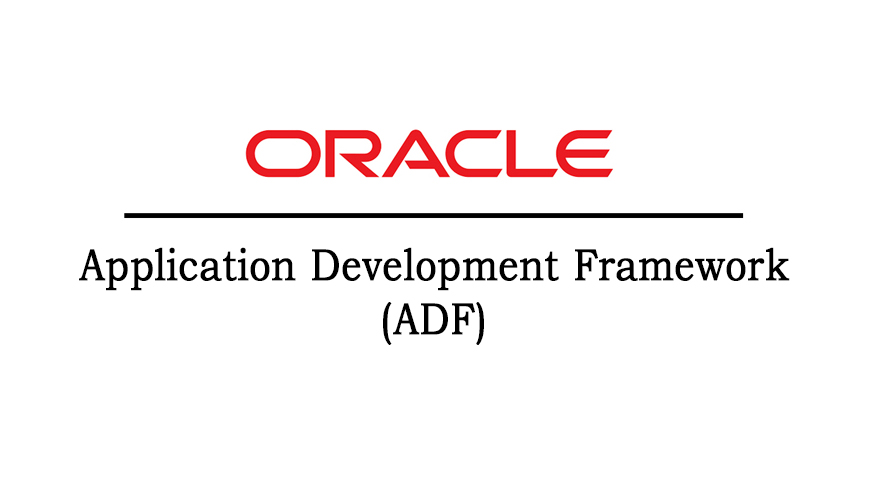The adoption of Enterprise Resource Planning (ERP) systems in educational institutes has gained significant momentum in recent years. These systems, often referred to as school ERP software, have transformed the way educational institutions manage their operations. In this article, we will explore case studies of successful ERP implementations in educational institutes, without discussing specific real-world applications.
Understanding ERP for Schools
ERP systems designed for educational institutions, commonly known as school ERP software, provide a comprehensive platform for managing various administrative, academic, and financial processes. These systems integrate data and streamline operations, enhancing efficiency and productivity.
Case Study 1: St. Mary’s School
Challenges:
St. Mary’s School, a renowned educational institution with a large student body, faced several challenges in managing its operations. The administrative processes were largely manual, resulting in inefficiencies, errors, and delays. There was a lack of real-time data access and reporting, making it difficult for administrators to make informed decisions.
Solution:
St. Mary’s School decided to implement a school ERP software solution to address these challenges. The ERP system integrated various modules, including student information management, attendance tracking, financial management, and communication tools. Faculty and staff were trained to use the system effectively.
Results:
The implementation of the school ERP software resulted in significant improvements. Administrative processes were streamlined, reducing manual work and errors. Real-time data access allowed administrators to make informed decisions promptly. Communication between faculty, students, and parents improved through the ERP’s communication tools. St. Mary’s School experienced enhanced operational efficiency and better student management.
Case Study 2: City College
Challenges:
City College, a higher education institution, faced challenges related to course scheduling, student enrollment, and communication. The manual course scheduling process was time-consuming and prone to errors. Student enrollment and admissions required extensive paperwork, leading to delays and inefficiencies. Communication between faculty and students needed improvement.
Solution:
City College opted for a school ERP software solution that offered advanced course scheduling and enrollment management modules. The ERP system also included communication tools, such as announcements and messaging features.
Results:
The implementation of the ERP system at City College had a significant impact. The course scheduling process became efficient and error-free, saving time for administrators. Student enrollment and admissions processes were streamlined, resulting in quicker turnaround times. Enhanced communication tools improved interactions between faculty and students. City College witnessed improved academic planning and a more streamlined enrollment process.
Case Study 3: Greenfield Elementary
Challenges:
Greenfield Elementary, a K-5 school, faced challenges related to attendance tracking, parent communication, and report generation. Manual attendance tracking led to discrepancies, and communication with parents required extensive paperwork. Generating student progress reports was a time-consuming process.
Solution:
Greenfield Elementary decided to implement a school ERP software solution that included attendance tracking, communication tools, and automated report generation features. The ERP system also offered a parent portal for easy access to student information.
Results:
The implementation of the ERP system at Greenfield Elementary brought about significant improvements. Attendance tracking became automated and accurate, reducing discrepancies. Communication with parents became more efficient through the ERP’s communication tools and the parent portal. Report generation was automated, saving valuable time for educators. Greenfield Elementary experienced enhanced attendance management and improved parent engagement.
Conclusion
The successful implementation of ERP systems, or school ERP software, in educational institutes has resulted in significant improvements in operational efficiency, student management, and communication. These case studies illustrate how educational institutions, such as St. Mary’s School, City College, and Greenfield Elementary, have overcome their specific challenges and achieved tangible benefits through ERP implementations.
As the educational landscape continues to evolve, the adoption of ERP systems in educational institutes is likely to become even more widespread. These systems provide the tools necessary to streamline administrative processes, enhance communication, and make data-driven decisions, ultimately contributing to improved educational outcomes.
Read more: Top bloginc.




